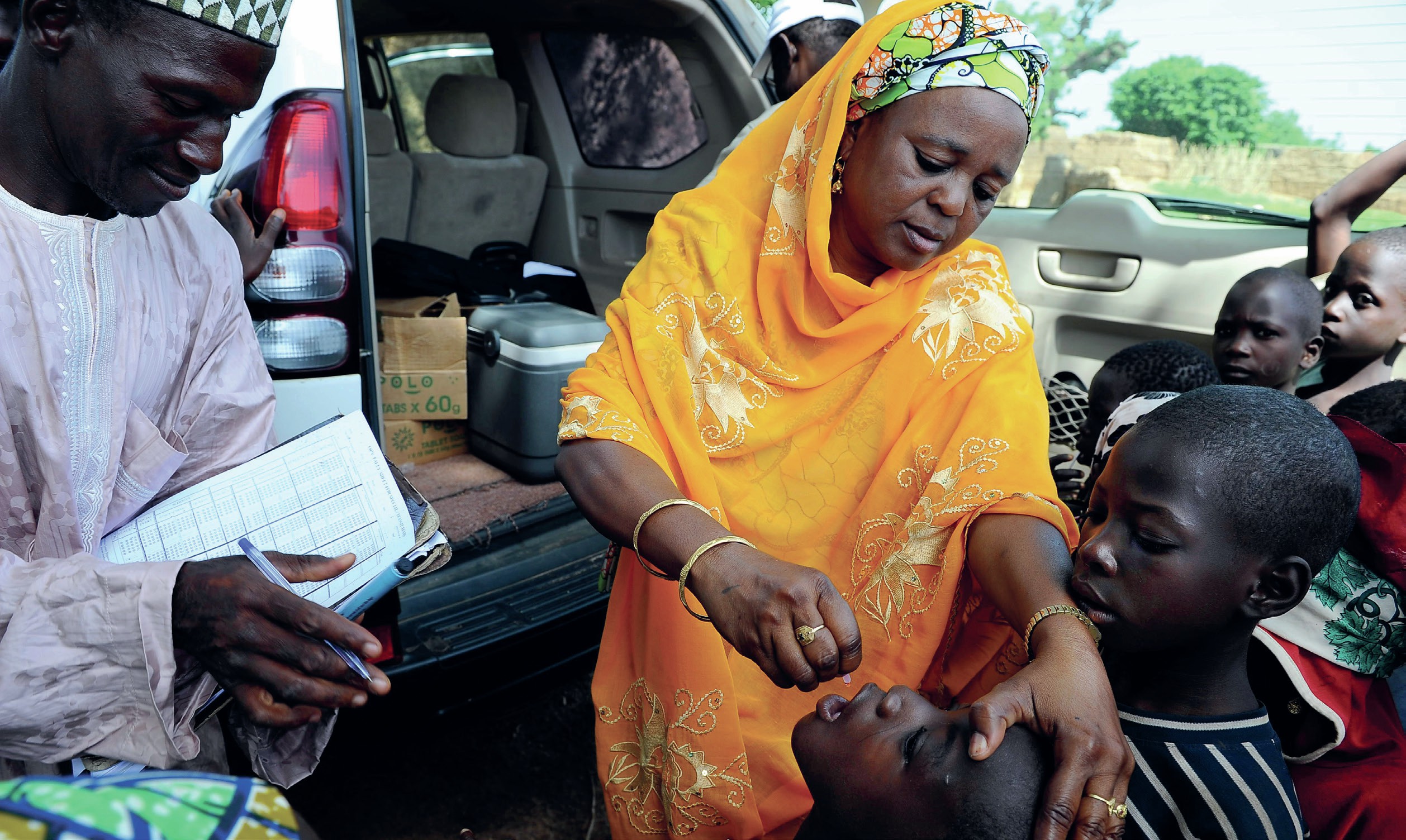
Vaccines contain either dead, weakened (‘live’) or fragments of pathogens. Vaccines do not cause disease but do activate an immune response. The immune system subsequently generates antibodies against the pathogen (see pp. 26–29, this issue). If an individual is later exposed to the same pathogen, versions of these antibodies will be produced providing protection (see Figure 2 on p. 5 of this issue). The majority of vaccines provide protection against several strains of the same pathogen. Further single vaccinations against multiple pathogens is also common. Polio, for example, is now part of the 6-in-1 vaccine protecting also against diphtheria, tetanus and whooping cough, among others.
Before vaccines were routinely available, infectious diseases, including polio and measles, were associated with significant numbers of deaths worldwide. The introduction of vaccination (see Box 1) has dramatically reduced the burden of these diseases. This includes the financial cost to society as well as the levels of suffering and mortality. Vaccination has the potential to prevent 6 million deaths worldwide each year. Vaccination and water sterilisation are the most important activities in reducing infectious disease.
Your organisation does not have access to this article.
Sign up today to give your students the edge they need to achieve their best grades with subject expertise
Subscribe




